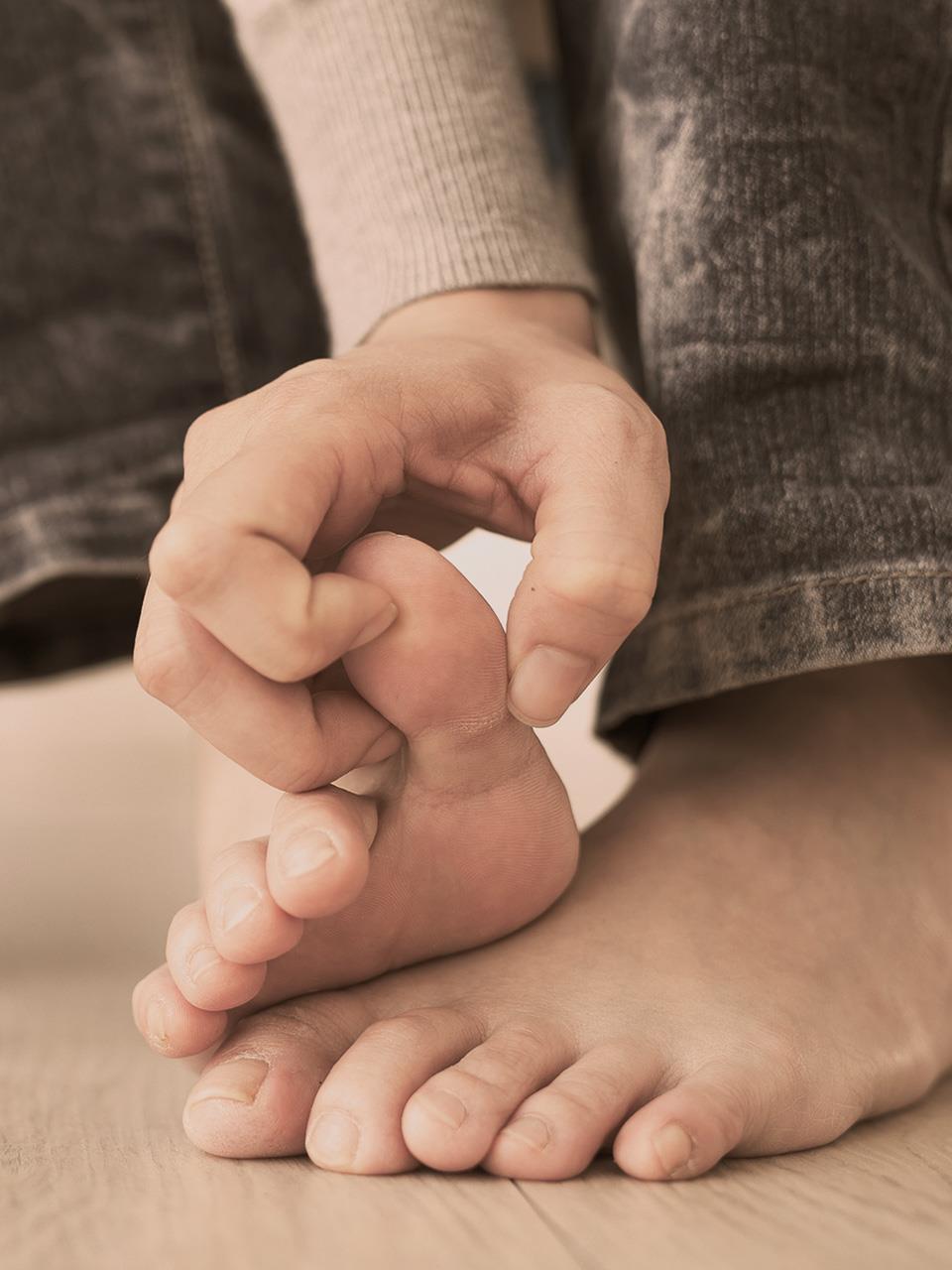
Tap to Read ➤
Athlete's Foot Cure
Rajib Singha


Athlete's foot is a fungal infection that is characterized by itching, burning sensation, peeling skin, or blisters between the toes and on the soles of the feet. The given story provides some precautionary measures and remedies for this foot condition.

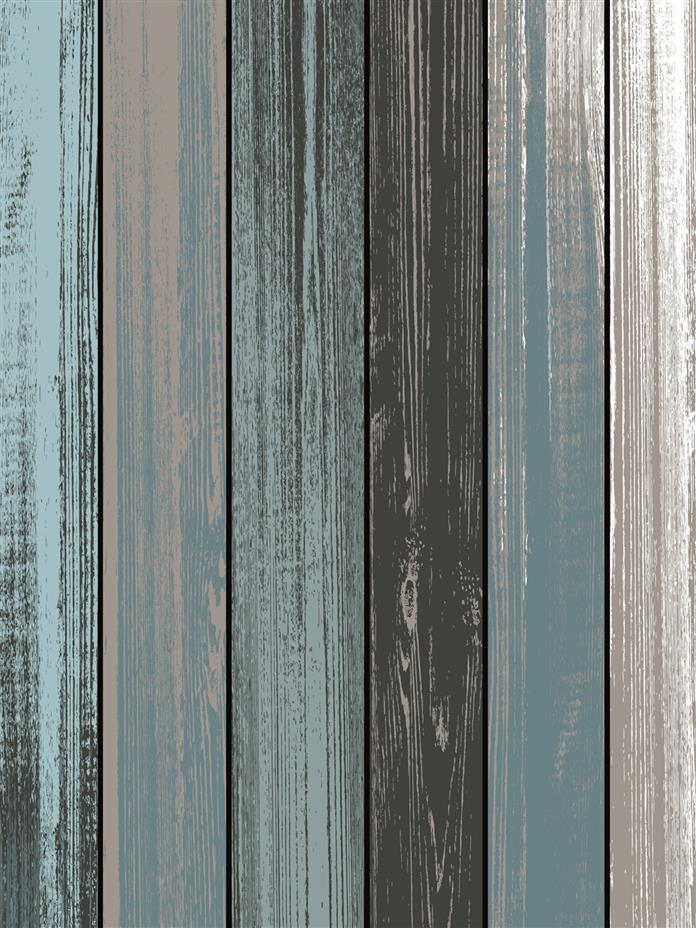
Athlete's foot is a fungal infection that is caused by a group of mold-like fungi called dermatophytes. It develops in the areas between the toes. This fungus needs moist and warm areas to thrive. The tendril-like extensions of these microorganisms infect the superficial layer of the skin. As a response to this infection, the body fights back by producing more skin cells than usual. Over time, as these cells reach the surface, the skin becomes thick and scaly.

Also known as tinea pedis, athlete's foot develops when the toes get squeezed in tight-fitting shoes, thus, creating warm, moist areas between them. Wearing unclean or damp socks and shoes could be a contributing factor. Not to mention, people who live in humid areas could get affected.
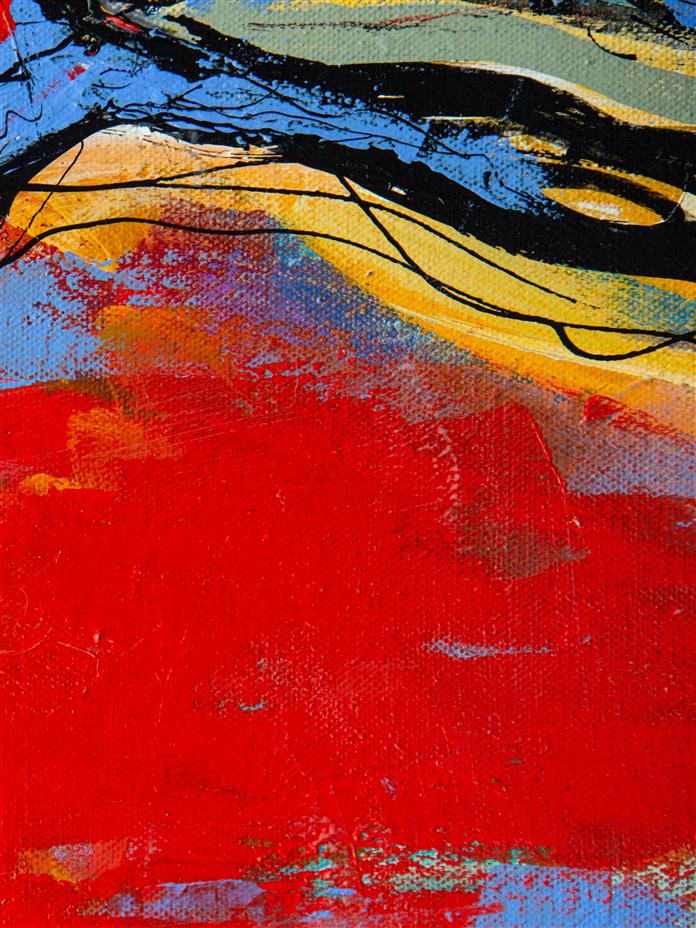
Symptoms of this fungal infection include itching, burning, and stinging between the toes and soles of the feet. Affected people also suffer from itchy blisters, cracking and peeling skin, dryness of skin, and thick, crumbly, ragged and discolored toenails. This infection is contagious and may spread through direct skin-to-skin contact, and through contact with contaminated objects. It might also spread from animals to humans.
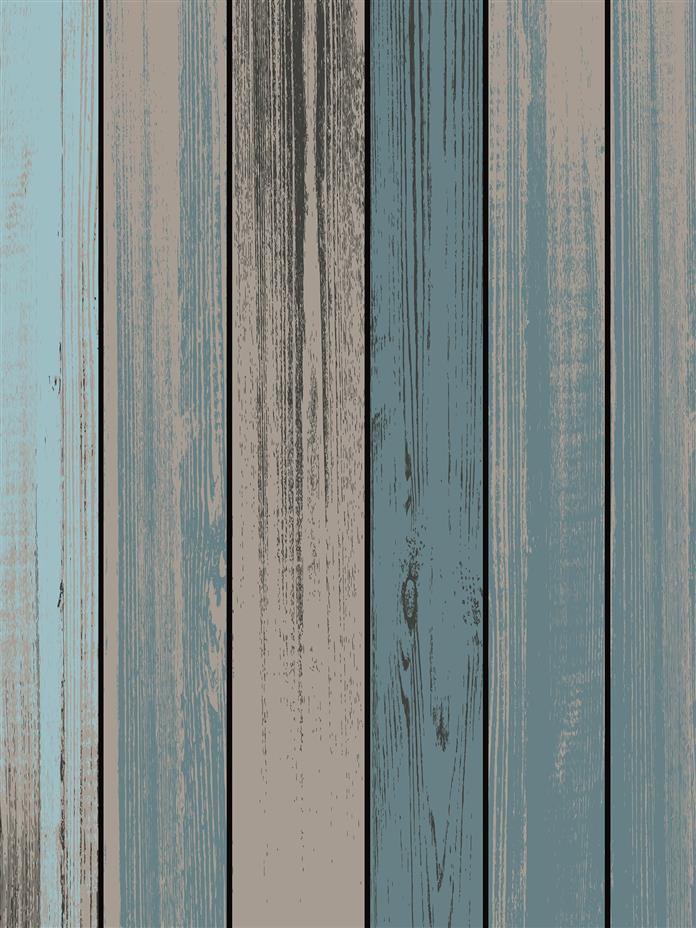
Medicines to Cure Athlete's Foot
The first line of treatment for this fungal infection is the use of over-the-counter antifungal medicines like Clotrimazole (Lotrimin AF, Mycelex), Miconazole (Micatin), Terbinafine (Lamisil AT), and Tolnaftate (Tinactin).

If these don't help, then the use of prescription-strength topical medications such as Terbinafine (Lamisil), Clotrimazole (Lotrimin), and Miconazole (Monistat-Derm) would be recommended.
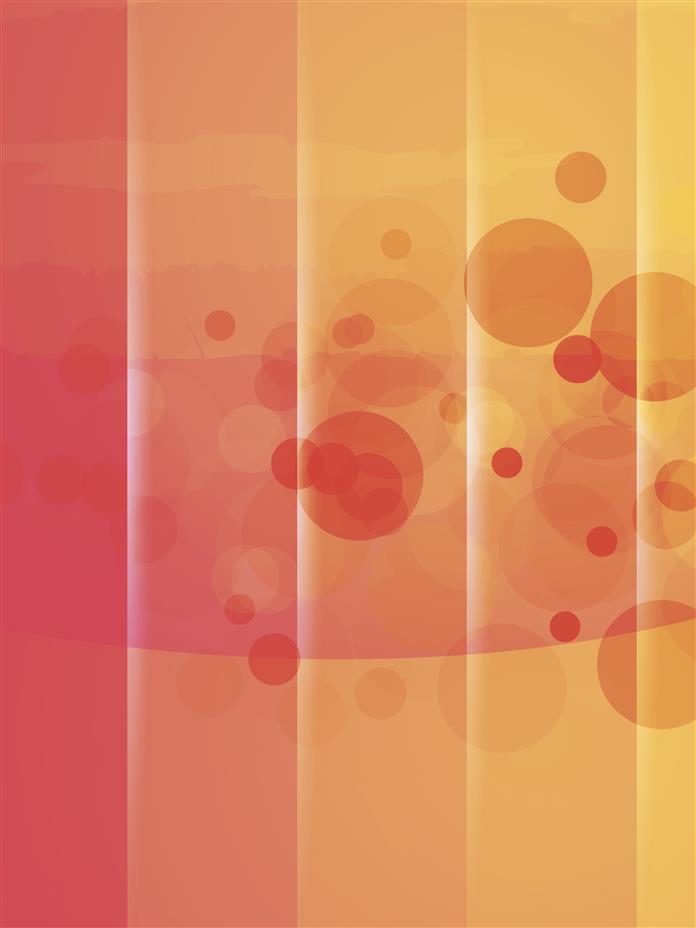
In some cases, the infection might be so severe that you might need to take prescription oral medications which might include Itraconazole (Sporanox), Fluconazole (Diflucan), or Terbinafine (Lamisil).

Natural Remedies
# One effective remedy is using tea tree oil, a potent antifungal agent. All you have to do is take some oil and apply it on the affected areas. Sometimes, the oil might sting and when it does, simply dilute it with any other vegetable oil and apply.
# You can mix 20 drops of tea tree oil in warm water and soak your feet for 15 - 20 minutes, or until the water stays warm. This method provides great deal of relief from itching and burning.

# Prevent the areas between your toes from becoming moist by rubbing cornstarch over the area. You can also dust your shoes with it, before you wear them.
# Rub olive leaf extract over the bottom of the feet and wait for 30 minutes. The antifungal property of the extract will help to get rid of the fungus.
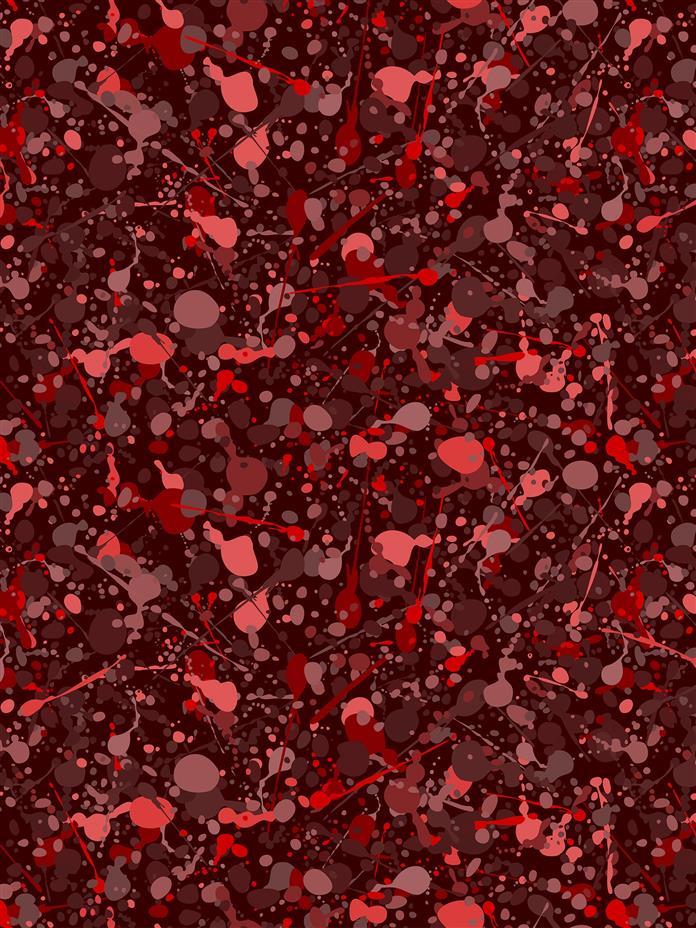
# Soak a cotton ball in a cup of vinegar and rub it gently between the toes and other affected areas. Repeat this method even after the symptoms resolve. This is to prevent any recurrences of the infection.

# Put a generous amount of vinegar and small amount of salt in warm water, and soak your toes in it.

# Garlic is also a potent and natural antifungal agent. You can either take garlic capsules or eat it raw.
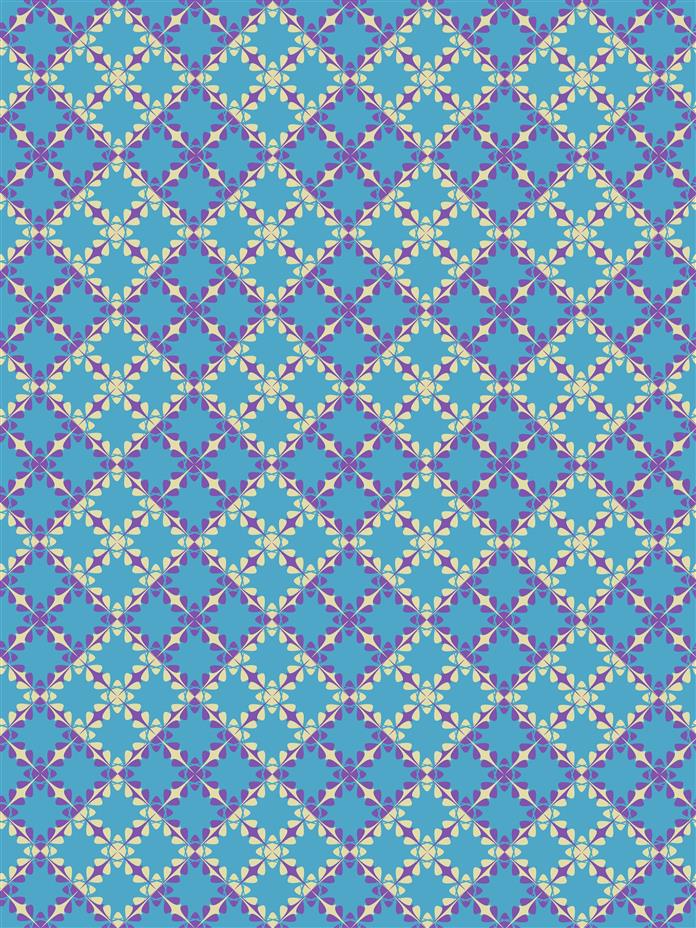
# Epsom salt has been in use since ages and is popularly known for its healing properties. Make a mix of the salt (¼ cup), boric acid (3 tbsp.), and vinegar (1 cup). Add this mix to warm water and soak your toes in the solution for 15 minutes.

# Sprinkle baking soda in shoes and socks before wearing them. Also, make a paste using warm water and baking soda. Rub this paste between the toes and let it dry. Thereafter, rinse it and ensure that you pat dry the area properly. Do not cover the toes.

Here's another remedy for athlete's foot. Steep some cinnamon in boiling water for about 40 minutes. When the solution cools down, soak your feet for 15 - 20 minutes. Most importantly, keep your feet clean and dry, wear cotton socks and change them daily, wear shoes that fit you well, and do follow precautionary measures while using public places such as communal showers, pools, etc.

Disclaimer: The information provided in this story is solely for educating the reader. It is not intended to be a substitute for the advice of a medical expert.

